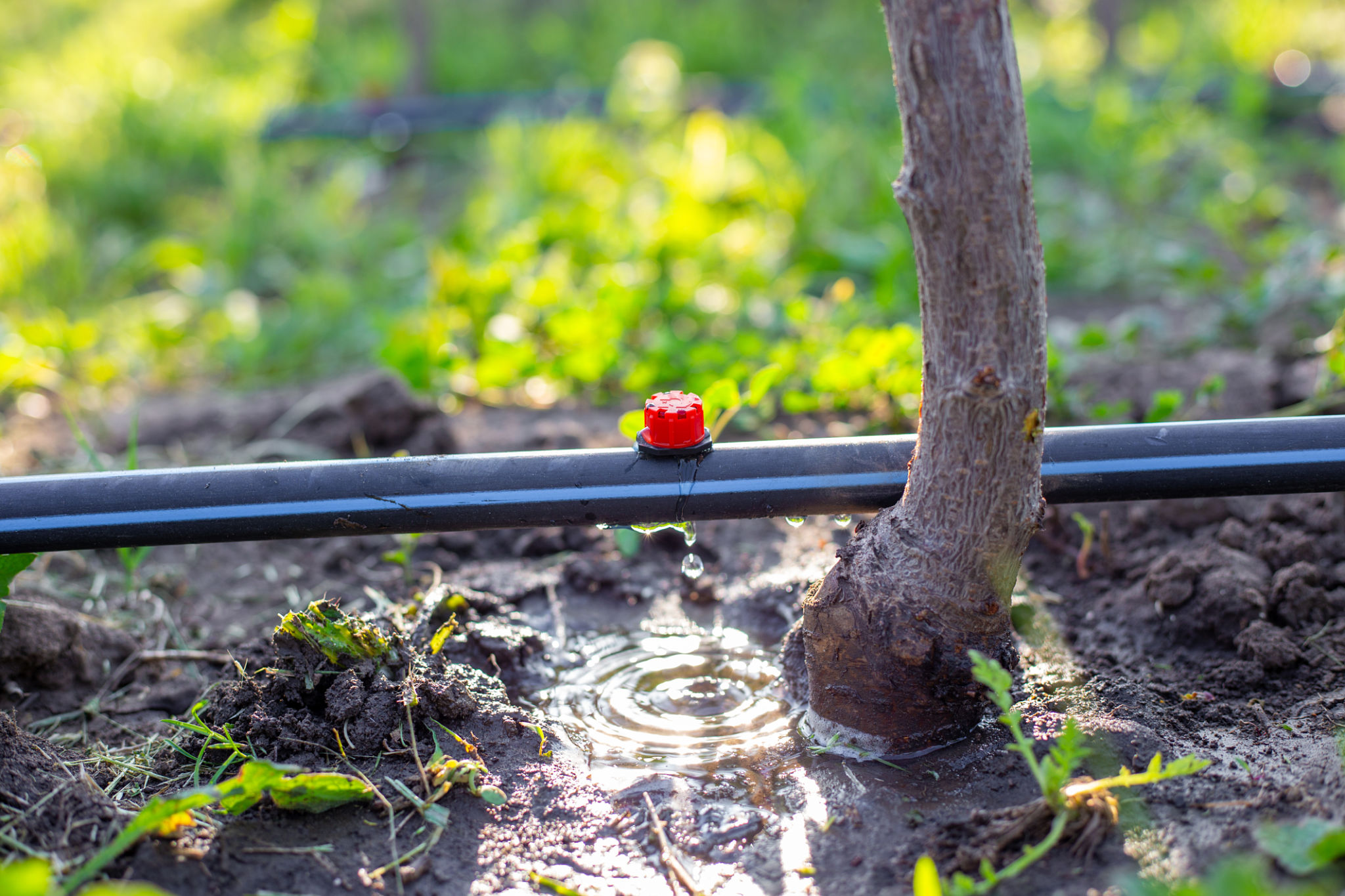Maximizing Greenhouse Yield: Essential Tips for Ghanaian Farmers
Understanding Greenhouse Basics
Greenhouses offer a controlled environment that can significantly enhance crop production, particularly in regions like Ghana, where climate conditions can be unpredictable. By providing protection from extreme weather and pests, greenhouses enable farmers to grow a variety of crops year-round. However, maximizing yield requires careful consideration of several factors.

Optimal Climate Control
To achieve the best results, it's crucial to maintain an optimal climate within the greenhouse. This includes regulating temperature, humidity, and ventilation. Temperature control is vital, as excessive heat can stress plants, while cold temperatures can stunt growth. Installing automated systems can help maintain these conditions consistently.
Humidity levels should also be monitored closely. High humidity can lead to mold and mildew, while low humidity can cause water stress in plants. Utilize hygrometers to keep track of moisture levels, and consider using misters or dehumidifiers as needed.
Choosing the Right Crops
Selecting the appropriate crops for greenhouse cultivation is another key aspect of maximizing yield. In Ghana, tomatoes, peppers, and cucumbers are popular choices due to their high demand and adaptability to greenhouse conditions. Consider conducting a market analysis to understand the best crops for your specific location and market needs.

Soil and Nutrient Management
The foundation of a healthy crop starts with the right soil mix. Use a well-draining soil that retains moisture without becoming waterlogged. Incorporate organic matter such as compost to enrich the soil with nutrients. Regular soil testing is recommended to adjust nutrient levels and pH balance appropriately.
Fertilization strategies should be tailored to the specific needs of your crops. Utilize both organic and inorganic fertilizers judiciously to promote healthy growth while avoiding nutrient leaching or build-up.
Efficient Watering Techniques
Water management is crucial in a greenhouse setting. Drip irrigation systems are highly effective as they deliver water directly to the plant roots, minimizing evaporation and conserving water resources. Ensure that irrigation schedules align with the crop's growth stage and environmental conditions.

Pest and Disease Management
Despite the protective environment of a greenhouse, pests and diseases can still pose significant threats. Integrated Pest Management (IPM) strategies are recommended, combining biological control methods with chemical interventions only when necessary. Regular monitoring and prompt action can prevent small issues from becoming major problems.
Regular Monitoring and Maintenance
Consistent monitoring and maintenance are fundamental to sustaining high yields in greenhouse farming. Regularly inspect equipment such as irrigation systems, climate controls, and structural components to ensure they function optimally. Keeping detailed records of planting schedules, growth rates, and harvest data can also provide insights for future improvements.
By implementing these essential tips, Ghanaian farmers can effectively maximize their greenhouse yields, leading to increased productivity and profitability. The investment in technology and knowledge will ultimately pay off with healthier crops and more abundant harvests.
